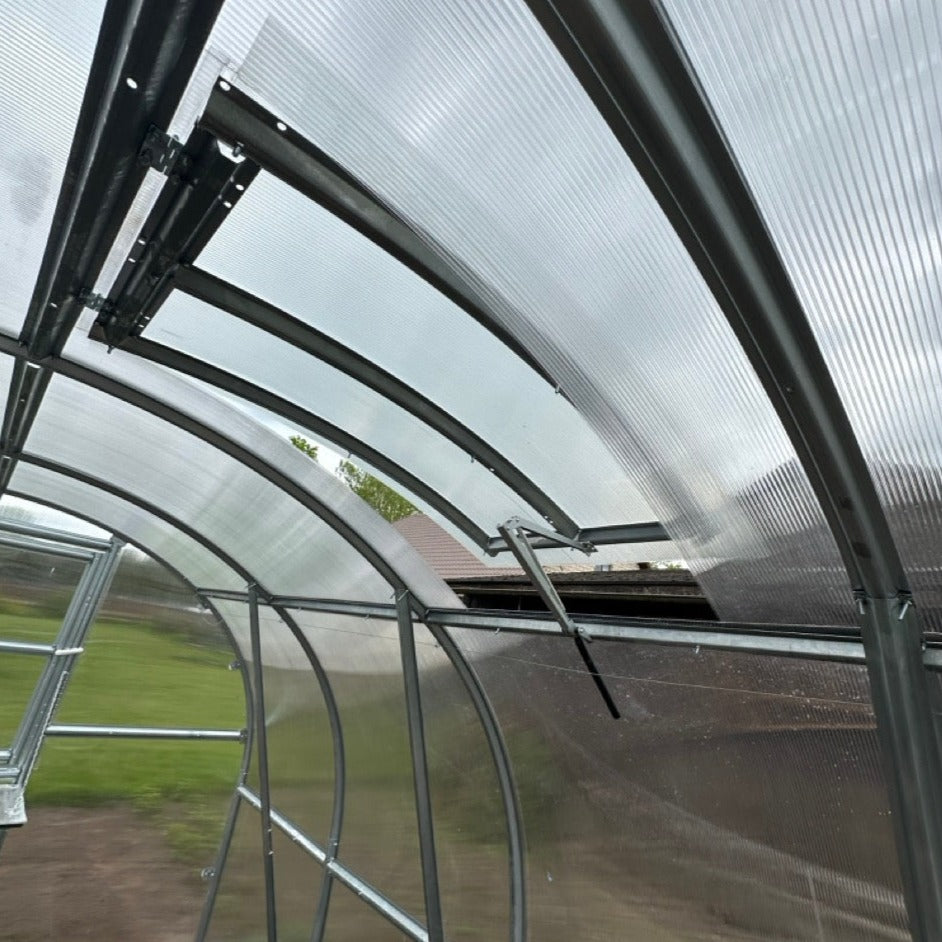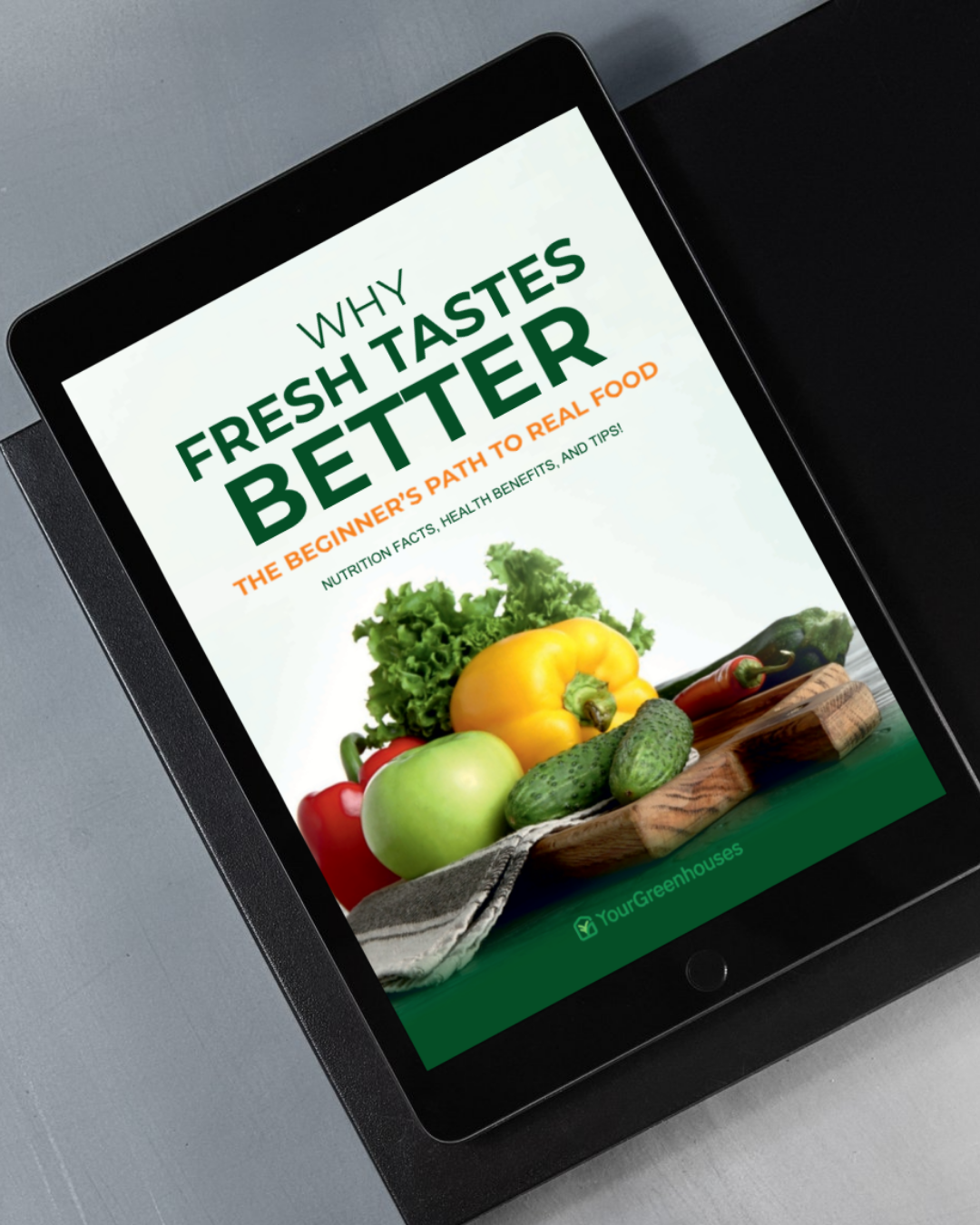The Frost Defense: How Greenhouses Shield Crops from Cold
In the quest for year-round agricultural productivity, greenhouses have emerged as vital structures, offering controlled environments that foster plant growth across seasons. One of the most significant advantages of greenhouse cultivation is the protection it provides against frost, a common adversary for farmers that can devastate crops overnight. This article explores how greenhouses safeguard plants from frost damage and the mechanisms behind their effectiveness.

Understanding Frost and Its Impact on Plants:
Frost occurs when the temperature drops to the point where dew freezes, forming ice crystals on surfaces, including plant tissues. This can cause cellular damage in plants, disrupt water uptake, and ultimately lead to the wilting and death of sensitive species. For agriculture, frost not only signifies the potential for significant crop loss but also limits planting and harvest timings to specific seasons.
How Greenhouses Offer Protection:
- Temperature Control: Greenhouses trap solar energy, creating a warmer internal climate that can prevent the internal temperature from dropping to the freezing point.
- Insulation: Modern greenhouses can be equipped with insulating materials that retain heat, further reducing the risk of frost penetration.
- Supplementary Heating: For regions where extreme cold is a threat, greenhouses can be fitted with heaters that maintain a consistent temperature, ensuring that frost does not form inside.
Enhancing Frost Protection in Greenhouses:
-
Monitoring Systems: Automated systems monitor and adjust greenhouse conditions like temperature and humidity, enhancing plant growth. Advanced sensors and AI improve efficiency by predicting needs and detecting issues early, making climate control more precise and responsive.

-
Thermal Blankets or Screens: These are used to insulate plants on cold nights, conserving energy and protecting crops from temperature extremes. Integration with automated controls allows for timely deployment, ensuring the greenhouse remains at optimal conditions while reducing resource use.

-
Water Barrels: By absorbing heat during the day and releasing it at night, water barrels help moderate temperature fluctuations. This method, combined with automated irrigation systems, ensures water is used efficiently, supporting sustainable practices and enhancing crop growth.

Innovations in Greenhouse Frost Protection:
- Smart Greenhouses: Leveraging IoT (Internet of Things) technologies, smart greenhouses can predict temperature drops and adjust the environment preemptively to prevent frost damage.
- Geothermal Heating: Some greenhouses are exploring the use of geothermal energy sources for heating, providing a sustainable and efficient method to ward off cold.
The capability of greenhouses to protect crops from frost is one of their most valuable features, enabling farmers to extend growing seasons and safeguard their livelihoods against unpredictable weather. By utilizing a combination of traditional techniques and cutting-edge technologies, greenhouses can create a bulwark against the cold, ensuring that frost does not spell disaster for agricultural producers. As we move forward, the development and implementation of more advanced frost protection methods will continue to enhance the resilience and productivity of greenhouse farming, offering a reliable solution to one of agriculture's oldest challenges.












